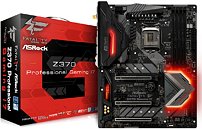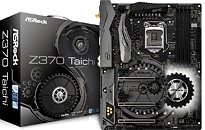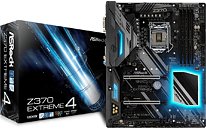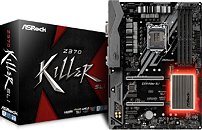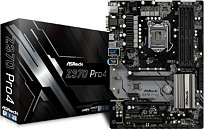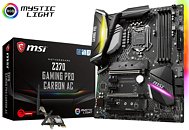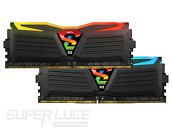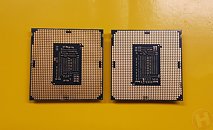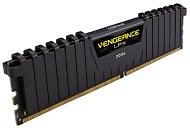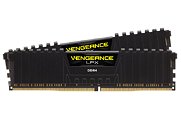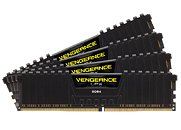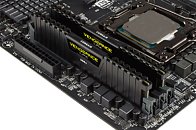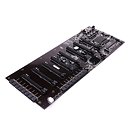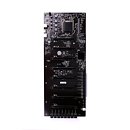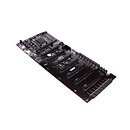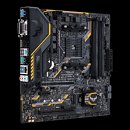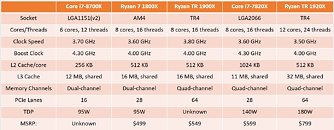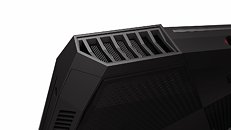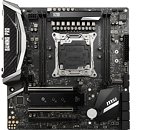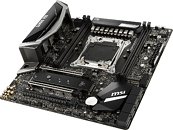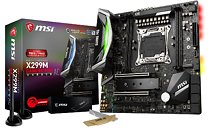
ECS Elitegroup Announces Z370-Lightsaber Motherboard
Elitegroup Computer System (ECS), the global leading motherboard, Mini-PC, Notebooks and mobile device manufacturer, is proud to announce the new LEET Z370-Lightsaber motherboard supporting Intel 8th generation Core "Coffee Lake" LGA 1151 desktop processors. ECS Elitegroup Z370-Lightsaber is built in the ATX form-factor, supporting up to 64GB of dual channel DDR4 memory rated at 3200MHz+; three PCIe 3.0 x16 slots and three PCIe x1 slots for expansion. For storage slots, two M.2 32Gb/s Gen3 slots with one slot also supports SATA, and six SATA 6Gb/s ports that supports RAID 0/1/5/10. For users requires faster storage options, the board also supports Intel Optane technology for PCIe SSDs as well.
On the power & audio side, the motherboard comes with DiGi Power - Digital power designs with durable chokes and MOSFETs, offering more stable power delivery and more stable overclocking across the board, and Superior Audio - Featuring Realtek ALC 1150 8-channel(7.1) HD Audio along with Independent power delivery for the audio chip to avoid electromagnetic interference, onboard audio amplifier, Nichicon capacitors and golden audio connectors to provide an exceptional audio experience.
On the power & audio side, the motherboard comes with DiGi Power - Digital power designs with durable chokes and MOSFETs, offering more stable power delivery and more stable overclocking across the board, and Superior Audio - Featuring Realtek ALC 1150 8-channel(7.1) HD Audio along with Independent power delivery for the audio chip to avoid electromagnetic interference, onboard audio amplifier, Nichicon capacitors and golden audio connectors to provide an exceptional audio experience.







